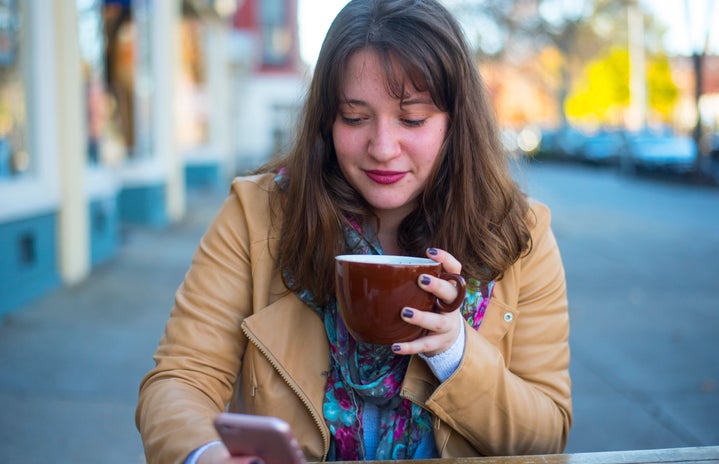TW: Disordered eating
Social media contains the power to influence its users in many ways. Some pride platforms on their ability to keep people well connected and creative, while some fear its content takes a toll on their mental health. Although social media apps can contribute positivity, creativity and a feeling of unity among users, sometimes content that is seemingly harmless can have a negative effect on users. A post about something as mundane as sharing one’s food can result in unintentional consequences at the expense of other social media users.
“What I eat in a day” videos are just as how they sound, a compilation of all of the meals, snacks and drinks the video creator consumes in a day. Although these videos appear harmless, these videos can be a lot more damaging to the mental health of viewers than they seem.
“What I eat in a day” videos tend to be popular in the health and fitness communities on social media platforms like TikTok, Youtube and Instagram. Oftentimes, these video titles are followed by the phrases “to be healthy” or “to lose weight” with the intention of serving as meal inspiration to those on health journeys. Due to the nature of the videos being centered around one’s diet, they often neglect to mention that there are more aspects to one’s health than one’s diet. Viewers may start to develop an unrealistic definition of what health is and, in turn, set unrealistic health goals for themselves.
Additionally, these videos sometimes include a clip of the creator showing off his or her physique in addition to the food they are showcasing. Viewers may take this physique as inspiration for their own appearance and use what those people eat as a guideline to get there. This can be incredibly damaging both physically and mentally. Factors such as genetics and hormones all play a role in one’s nutritional needs, so a diet that is appropriate for one person may be unsuitable for another.
Further, “what I eat in a day” videos sometimes depict a diet that is not calorically dense enough to be sustainable for any adult, let alone those with different nutritional needs. With videos such as these displayed online with little regulation, impressionable viewers may imitate the undereating displayed in the video in order to achieve a certain physique. For some, these videos that encourage undereating could trigger the start or restart of engaging in disordered eating habits.
Although “what I eat in a day” videos can be a unique way to exchange recipes and meal inspiration, content creators should be more mindful of the implications of what they post.


